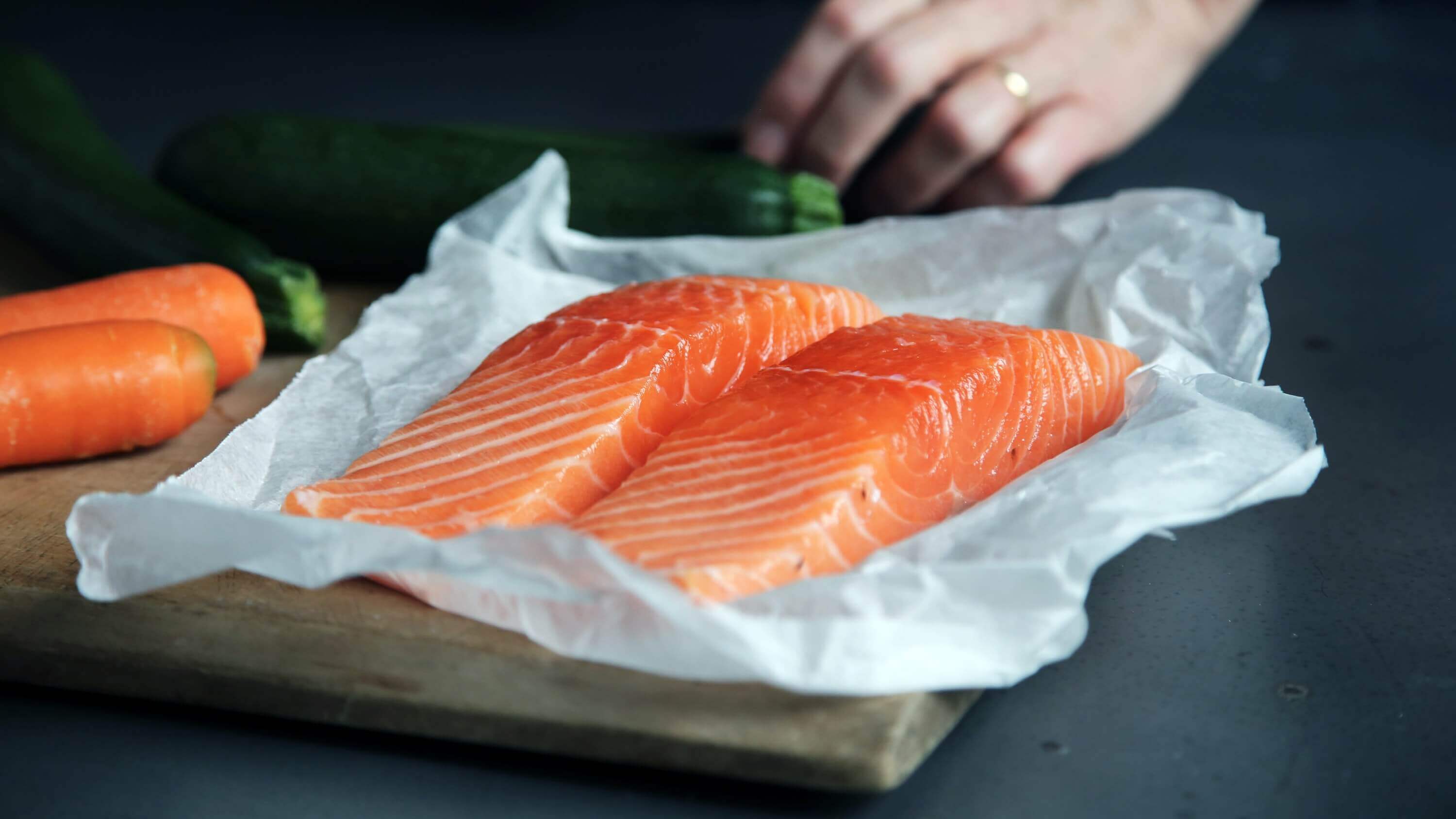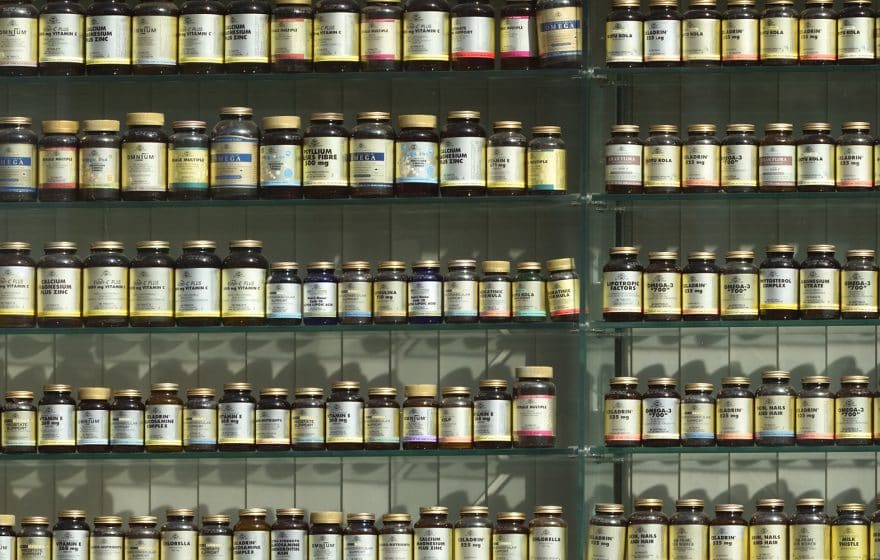The Difference Between Vitamin D, D2, and D3
Vitamin D is an essential nutrient required for the body to perform many functions including assisting its ability to absorb other minerals.
Vitamin D is an important component in maintaining general health and wellness. It helps to keep bones, teeth, and muscles strong. It also supports healthy immune function and plays a pivotal role in balancing the nervous system. Studies have indicated that vitamin D may be beneficial in improving mood and mental health conditions such as depression and anxiety.
Where Do We Get Vitamin D?
The main source of vitamin D is sunshine. It is produced by the body through sunlight on the skin. However, many people, especially those living in colder climates, are deficient and may require additional supplementation.
Through the winter months in the UK, many of us don’t get adequate levels of Vitamin D via sunlight exposure so supplementation may be required.
Vitamin D can also be obtained through diet, eating foods that have a high Vitamin D content such as:
- Oily fish – trout, salmon, sardines, herring, and mackerel
- Egg yolks
- Mushrooms
- Fortified foods – breakfast cereals, margarine, orange juice
- Red meat
- Liver
What is The Difference Between Vitamin D, D2, and D3?
The key difference between vitamin D and vitamin D3 is that while vitamin D is fat-soluble to regulate our calcium and phosphorus levels, vitamin D3 is the natural form produced by our bodies when exposed to sunlight.
Fat-soluble vitamin D simply means it can be stored by the body almost indefinitely until they are needed in the body. You will only need fat-soluble vitamins when you are deficient in them.
What is The Difference Between Vitamin D2 and Vitamin D3?
They both play the same role but are slightly different in their molecular structure. The main difference is that vitamin D2 is derived from plants and fortified foods whereas D3 comes from animal-sourced foods and sunshine.
Which One Is Better – Vitamin D2 or Vitamin D3?
Vitamin D is measured in the body by the levels of calcifediol (the two compounds that are made by vitamin D2 and D3 when they are metabolised).
Both vitamin D2 and D3 are absorbed effectively into the bloodstream, however, they are metabolised differently by the liver.
It is thought that the D3 is more stable and nearly twice as effective at raising blood levels of calcifediol in the blood than D2.
What Are The Sources of Vitamin D3?
Foods that are naturally high in vitamin D3 are derived from animal sources such as cod liver oil, trout, and salmon. Smaller amounts of D3 can be found in eggs, sardines, tuna, and beef liver.
Cod-liver oil supplements are ideal for maintaining healthy vitamin D levels, they are also high in omega-3 fatty acids.

Vitamin D3 is also produced when the skin is exposed to sunlight, specifically ultraviolet B (UVB). Unlike vitamin D supplementation, you cannot overdose on Vitamin D3 produced by sunlight – when the body has enough it simply produces less. It’s important to remember adequate sun protection, though!
What Are The Sources of Vitamin D2?
Very few foods are high in vitamin D2 but there are some which are fortified to increase the levels including cereals, orange juice, cow’s milk, and plant milk (like almond, oat, and soya milk). It’s important to check the labels for vitamin D fortification as this varies from country to country and within brands.
Produce that has high exposure to sunlight such as mushrooms are naturally high in vitamin D2.
Mushrooms grown under UV light and eaten raw have some of the highest levels of vitamin D2:
- Cremini
- Portobellos
- Maitake
- White Button (or cooked)
- Morel
- Chanterelle
- Shitake (cooked or dried)
- Oyster mushrooms
- Canned mushrooms
What is Vitamin D3 Good For?
Vitamin D3 serves a vital role in the body, helping it absorb calcium and phosphorus which are important for giving you healthy bones and strong teeth. Vitamin D is often used as a preventative supplement for osteoporosis, osteopenia, and osteomalacia which are all diseases characterised by the weakening or softening of the bones.
What is the best time to take Vitamin D?
The best time to take Vitamin D is after consuming foods with a high–fat content such as full–fat yoghurt or milk. This is because Vitamin D is a fat-soluble vitamin and absorbs best with fatty foods. Healthy fats to take with your Vitamin D include flax seeds, avocados and olive oil.
Just a small amount of fat is enough to be effective. If you’ve been prescribed vitamin D by your doctor, it’s important to follow the directions to get the best benefit.
Vitamin D supplementation
For people deficient in vitamin D who need to raise levels quickly, an intramuscular injection may be necessary. The fastest way to increase your vitamin D levels is to have it administered intravenously.
IV Boost offers Vitamin D Shots in our convenient central London clinic via a prescription. All our treatments are overseen by a GMC-registered practitioner.
The process involves:
- Blood test – a reading of the Vitamin D levels in the blood is carried out to confirm a deficiency
- Consultation – a GMC–registered doctor will review medical history and suitability for the treatment
- Injection- if the patient is a suitable candidate for the vitamin D injection, this will be carried out
- Recovery – many people start feeling the effects immediately while others feel the benefits within 24 hours post–treatment.
To learn more about the benefits of IV Nutrient Therapy, call today on 020 3095 0002


